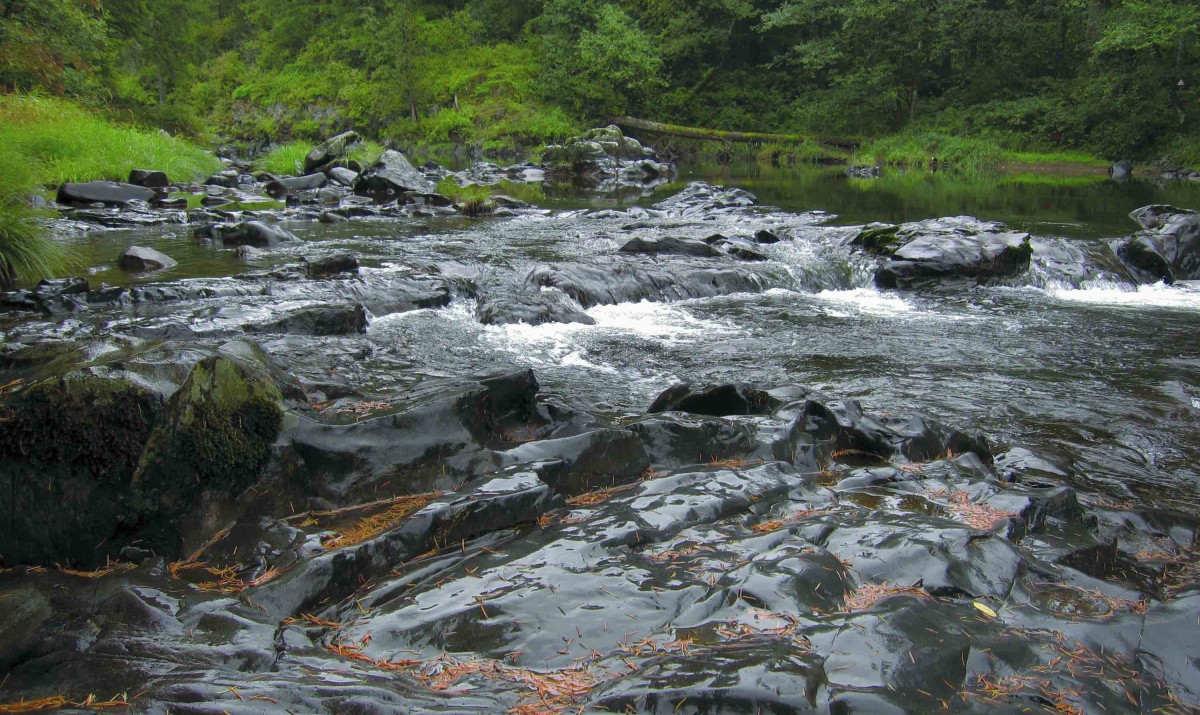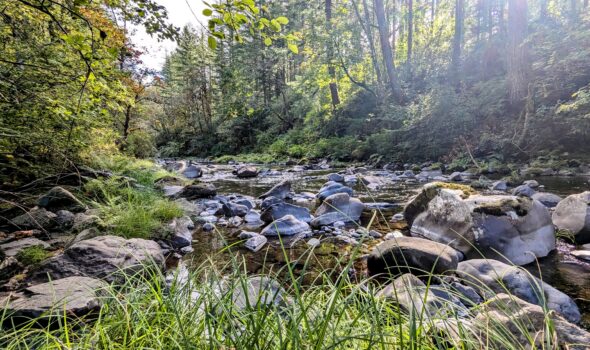The Big Picture
Columbia Land Trust got its start in Vancouver, and almost 30 years later we’re still working to conserve the natural places here. Over the years, we’ve developed deep and lasting partnerships with people, communities, and elected leaders. Those relationships helped us play a leading role in conserving places like Camp Curry—a 100-year-old children’s camp on Lacamas Lake that was going to be sold for development. Clark County also boasts places where you can get your toes into the Columbia River: The wide sand beaches of Vancouver’s Frenchman’s Bar Park as well as Washougal’s William Clark Park are two waterfront parks where you can get to the water’s edge.
Why It Matters
For 20-plus years, Clark County was the fastest-growing county in Washington, but natural wonder remains abundant. Places such as Ridgefield National Wildlife Refuge and the Lacamas Lake north of Camas are strongholds for wildlife and natural beauty. Salmon Creek, which flows west through Vancouver; and East Fork Lewis River, which flows through Clark County, are two of the most important waterways for Columbia River salmon. With the population slated for continued growth, our challenge is providing for more people while also addressing the needs of native fish, wildlife, and plants.

